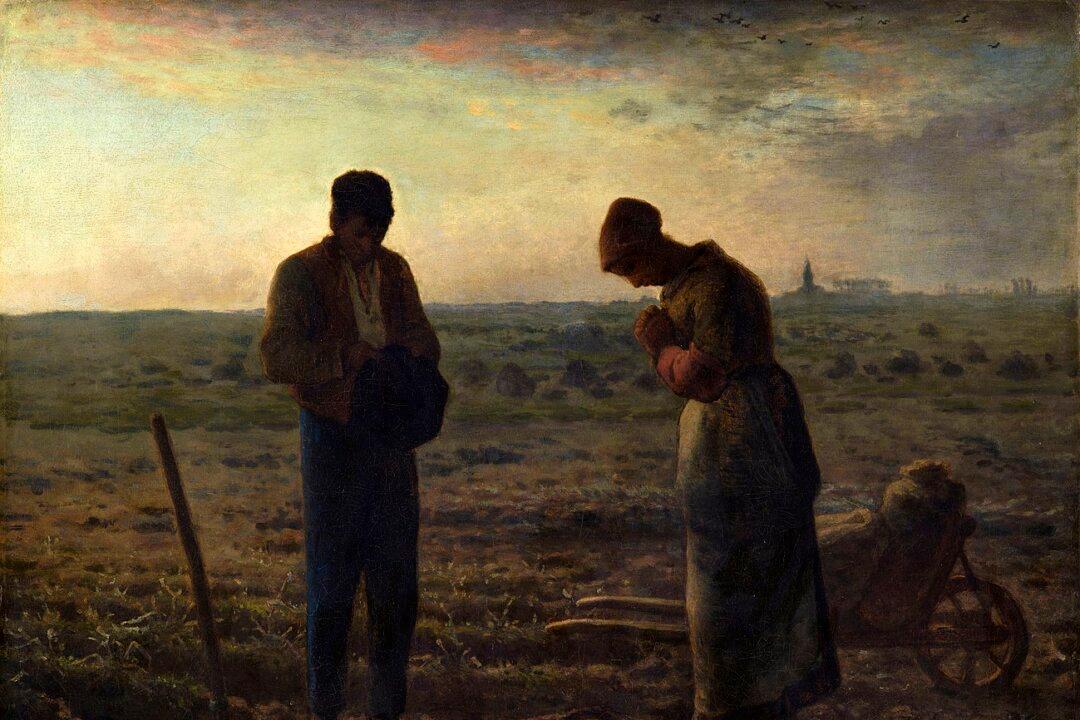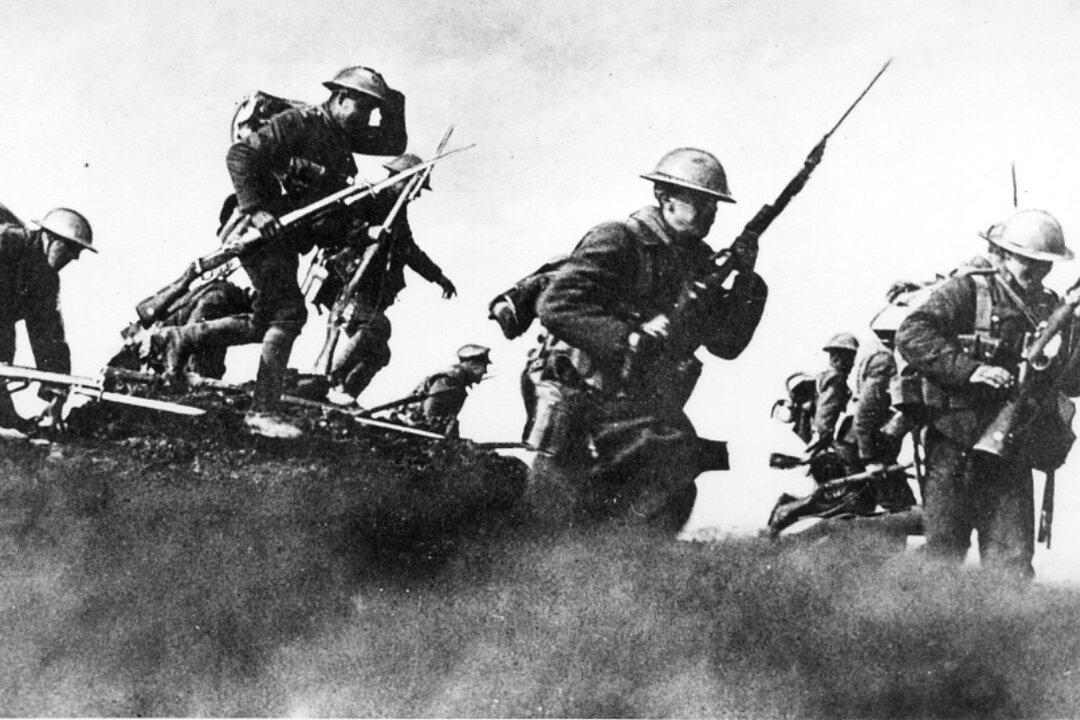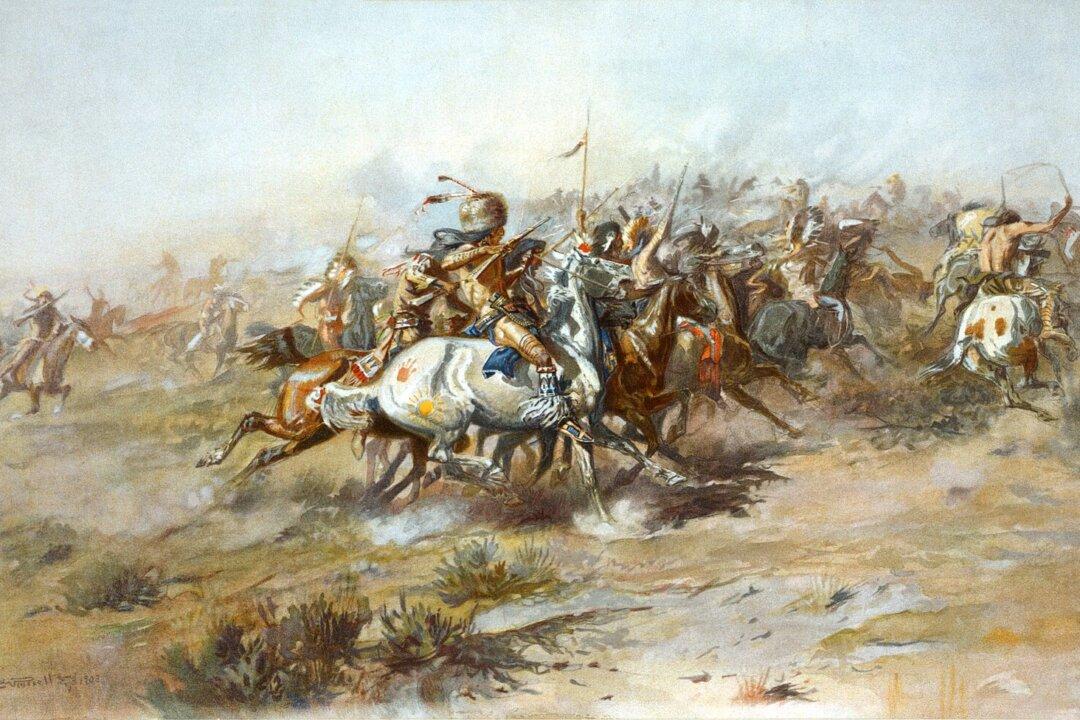In the spring, just before my homeschooling seminars closed for the summer, my Latin students and I would head to the Basilica of St. Lawrence in Asheville, North Carolina. We would gather in the courtyard outside the church, and I would issue my usual admonitions: Whisper, don’t disturb those praying in the side chapel, walk, don’t run, and be respectful.
I then divided the students into teams, equipped each team with a Latin dictionary, and turned them loose inside the Basilica, where they engaged in a scavenger hunt, copying down the Latin inscriptions they found there and then translating them. I roamed from team to team, giving a hand with the translations or pointing them to a site they had missed. Most were a little shocked when I pulled open a heavy metal door in the wall, showed them the tomb of Rafael Guastavino, the architect who had designed the Basilica and donated money for its construction, and had them translate the Latin on the coffin.






